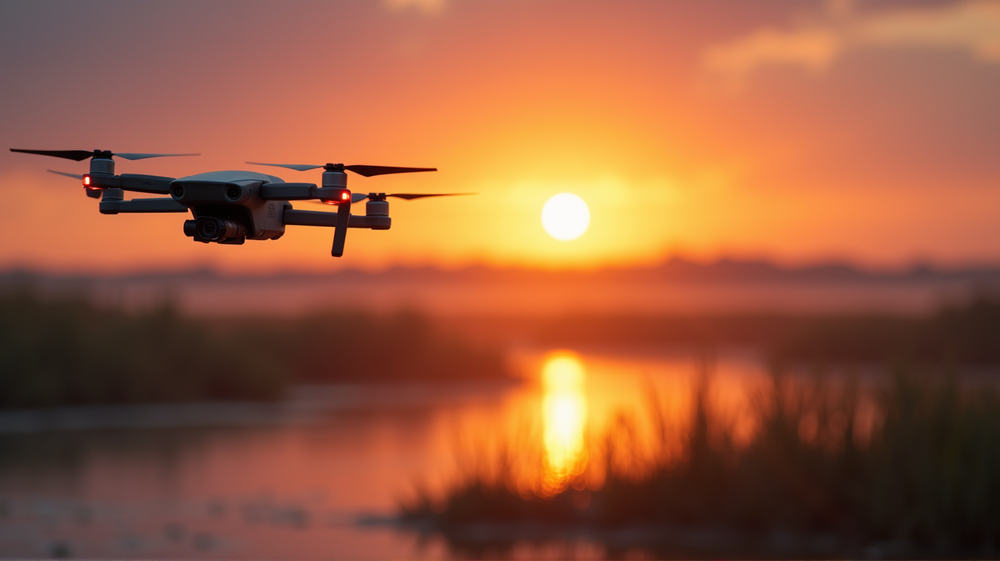In the serene wetlands of Senegal, where vast flocks of pelicans and flamingos take to the skies, a quiet revolution is unfolding. Alexandre Delplanque, a dedicated researcher, guides a drone through the sky. But the true magic happens behind the scenes. Utilizing sophisticated artificial intelligence, these drones swiftly count and analyze images, turning what used to be an arduous task into a process accomplished in mere hours. Yet, the real question remains: is AI the panacea for our ailing biodiversity?
Unveiling the Biodiversity Crisis
It’s a sobering reality: since 1970, wildlife populations have plunged by over seventy percent. We stand on the brink, facing what many scientists believe to be the sixth mass extinction, reminiscent of the catastrophic event that ended the age of dinosaurs 66 million years ago. In this crucial moment, understanding and cataloging existing species becomes paramount. Astonishingly, AI has already uncovered over 300 previously unknown species in mere weeks by sifting through camera trap footage in the wilds of Panama. This breakthrough sparks both awe and debate.
AI: A Double-Edged Sword?
However, AI’s substantial promise is not devoid of challenges. Enthusiasts celebrate its potential to manage and analyze copious datasets, unearthing patterns hidden to the human eye, while critics voice concerns over its environmental footprint, potential biases, and the ethical pitfalls it may harbor. The intricate dance with data centers—consuming vast amounts of electricity and water—only complicates matters. With AI potentially driving significant ecological and societal costs, the need for judicious use becomes evident.
Bridging the Gap Between Ambition and Action
As AI spreads its wings across conservation efforts, researchers in South Africa dream of saving the world’s loneliest plant, while others, employing state-of-the-art drones in dense forests, seek species long thought extinct. Yet, experts urge caution, advocating for a balanced approach to deploying this technology. Critics and proponents agree on one thing: the introduction of AI in conservation must be meticulously calibrated to offer real benefits, not just media headlines.
Deciphering Nature’s Language
Beyond mere identification and counting, AI holds the promise of unlocking new dimensions in wildlife research. Projects like the Earth Species Project ambitiously aspire to understand and perhaps converse with non-human life, navigating the enigmatic barriers of species-specific communication. While successes in recognizing distinct “names” among elephant families ignite hope, skeptic voices question the cost, potential rewards, and ethical ramifications of such endeavors.
The Empirical Ethical Quandary
In the year fast approaching, however, the tech behemoth Google takes another stride with the introduction of SurfPerch, an AI initiative poised to eavesdrop on coral reefs, seeking signs of ecological wellbeing. As this tool seeks to ensure coral resilience, Google admits to falling short of its climate goals, spotlighting the broader ethical dilemma that AI inadvertently brings to the fore.
AI’s involvement in wildlife conservation extends beyond borders and disciplines. While technocrats and ecologists find common ground in its application, the pressing need remains: to tread cautiously, ensuring AI’s role is one of sustainable stewardship rather than rampant exploitation. According to The Verge, as humankind stares into a future decorated with both challenge and opportunity, the battle to harness AI responsibly is well and truly underway.













